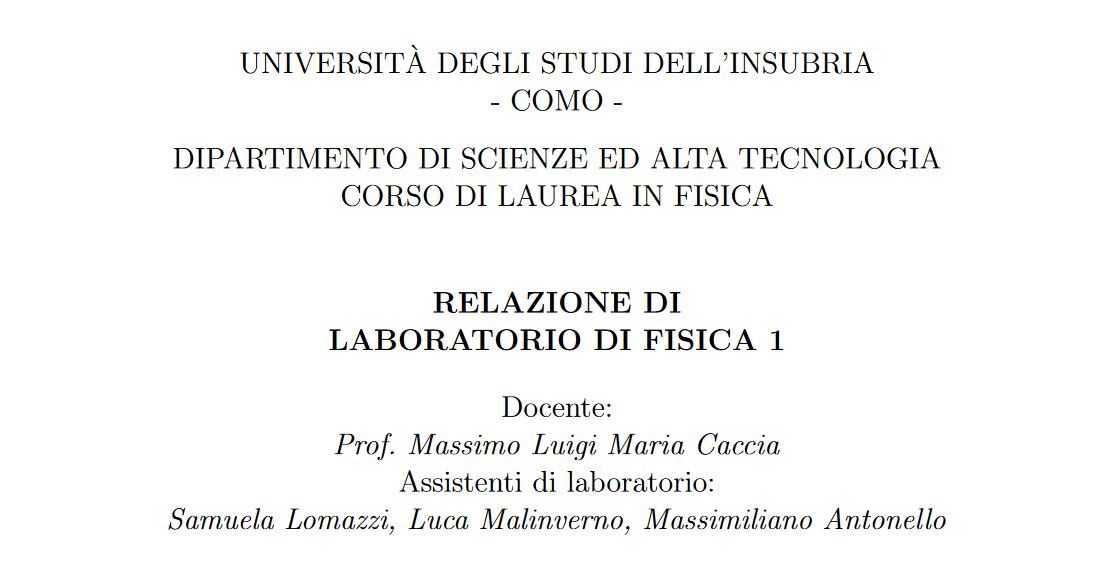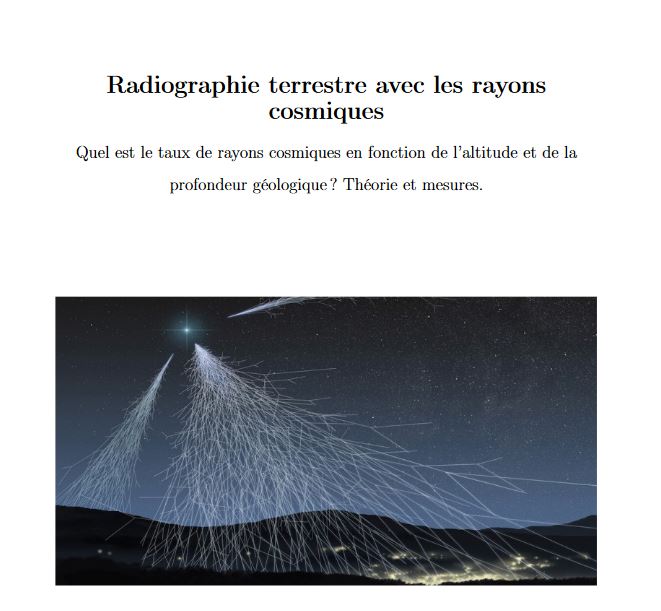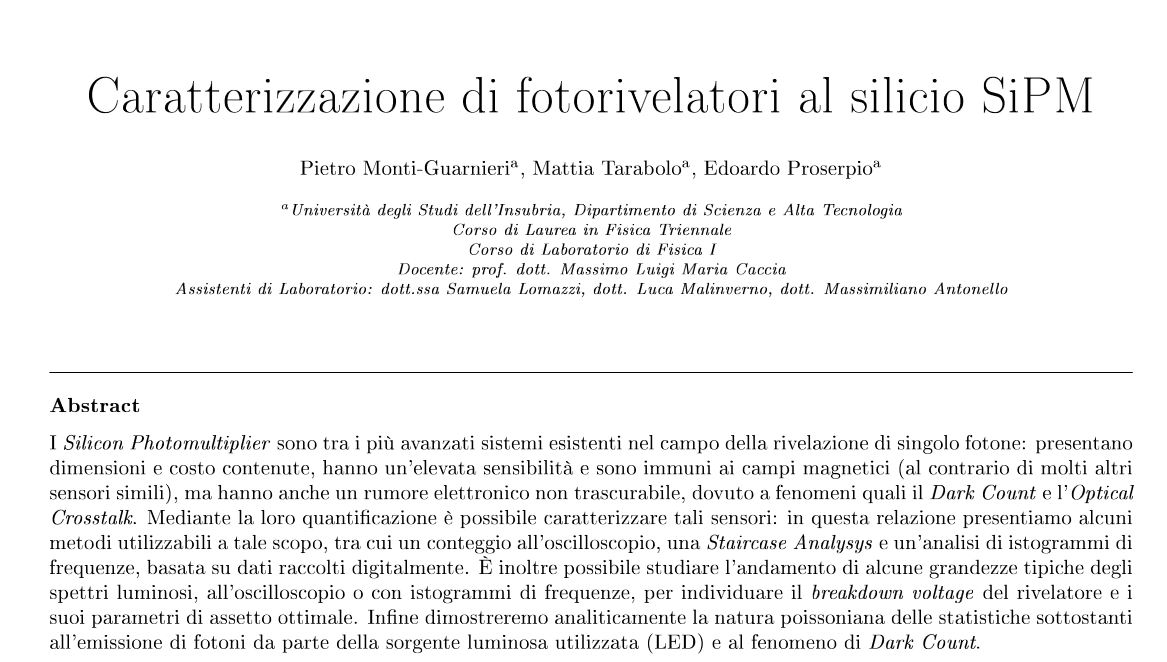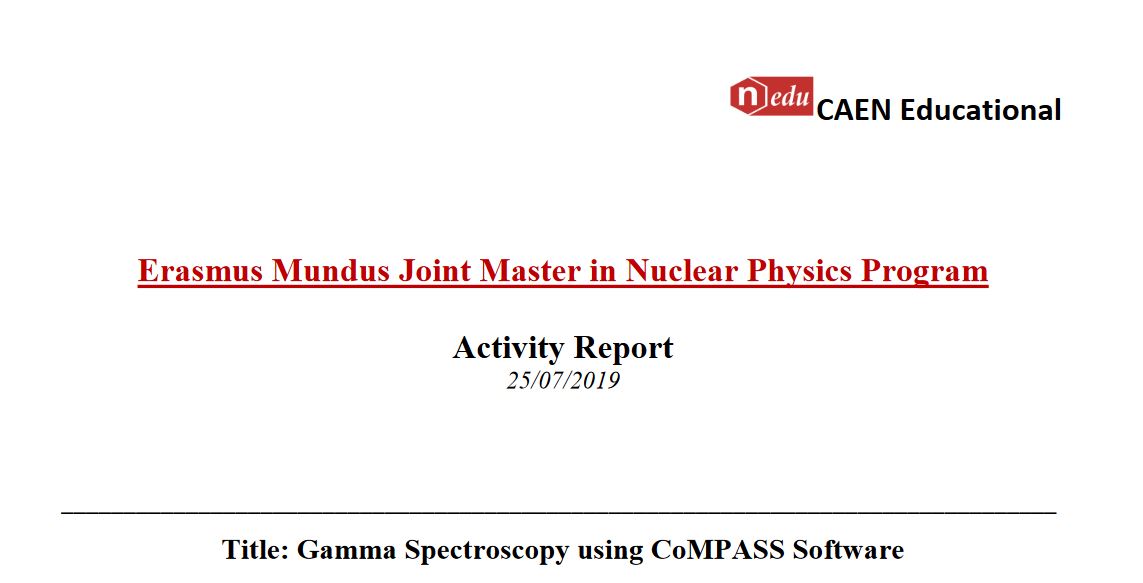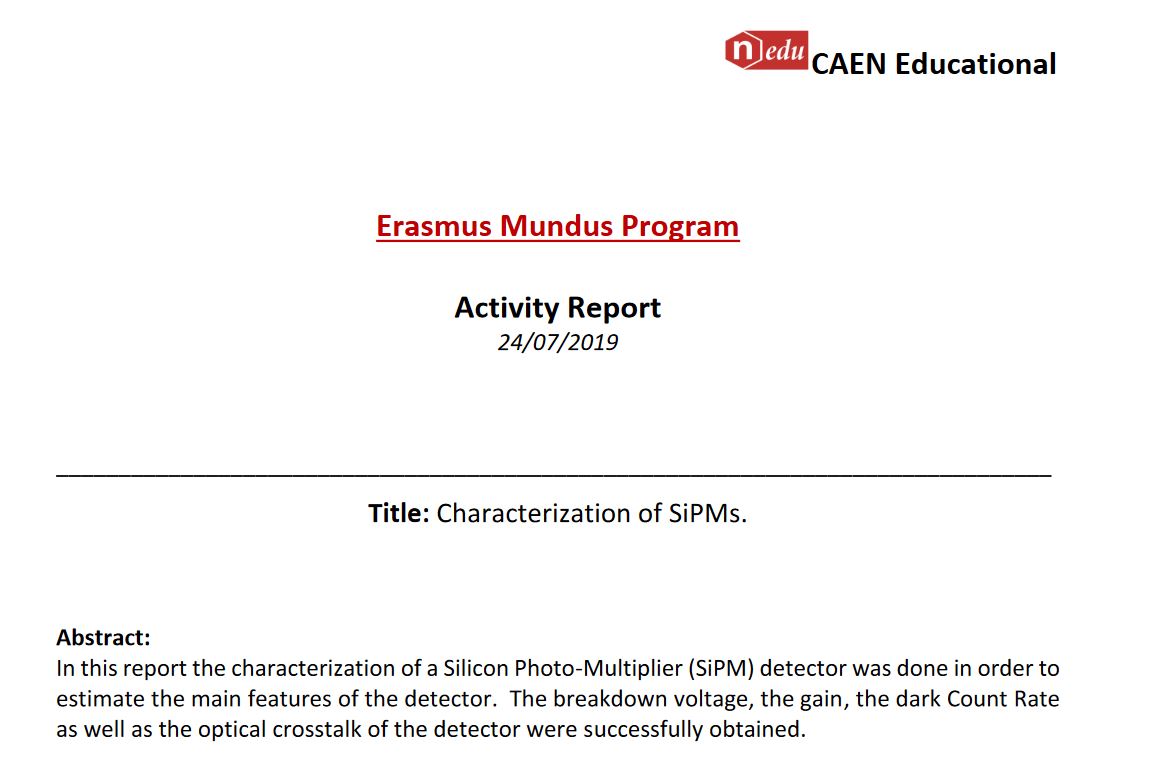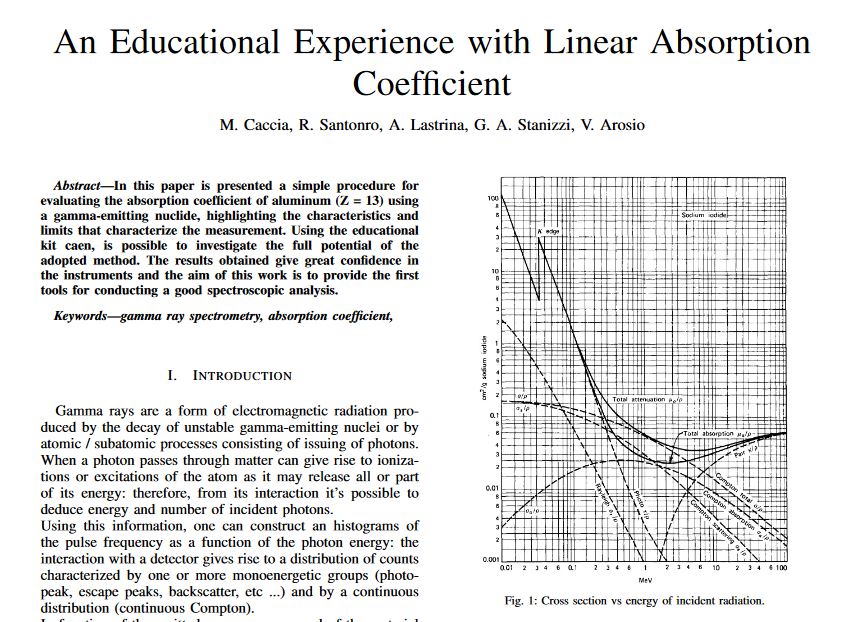All Community Experiments
SiPM: fotomoltiplicatore al Silicio
L’occhio può essere considerato come il primo rivelatore di radiazione luminosa, captando luce dall’ambiente esterno e trasformando questo input in un segnale elettrico che funge da impulso nervoso per il cervello. In base all’essere vivente preso in considerazione la sensibilità di questo organo e la risposta allo stimolo luminoso variano notevolmente. Con lo sviluppo della fisica è comparsa l’esigenza di strumenti che fossero in grado di rilevare la radiazione luminosa, talvolta anche sotto forma di pochi fotoni (non sempre così facilmente osservabili dall’occhio umano). Un esempio significativo riguardo questa necessità nello sviluppo fisico risale allo sfintariscopio di Crooks (1903), uno schermo di Solfuro di Zinco che colpito da particelle α emette una debole luce. Inizialmente l’osservazione era effettuata ad occhio, contando le scintille emesse osservando il fenomeno con un microscopio in una stanza buia. Nel 1944 Curran e Baker sostituirono l’occhio umano con un fotomoltiplicatore (PM) in modo da rendere la lettura più facile e con un’affidabilità definita. Questo strumento è in grado di convertire un segnale luminoso in un segnale elettrico. L’amplificazione è proporzionale al segnale in ingresso.

